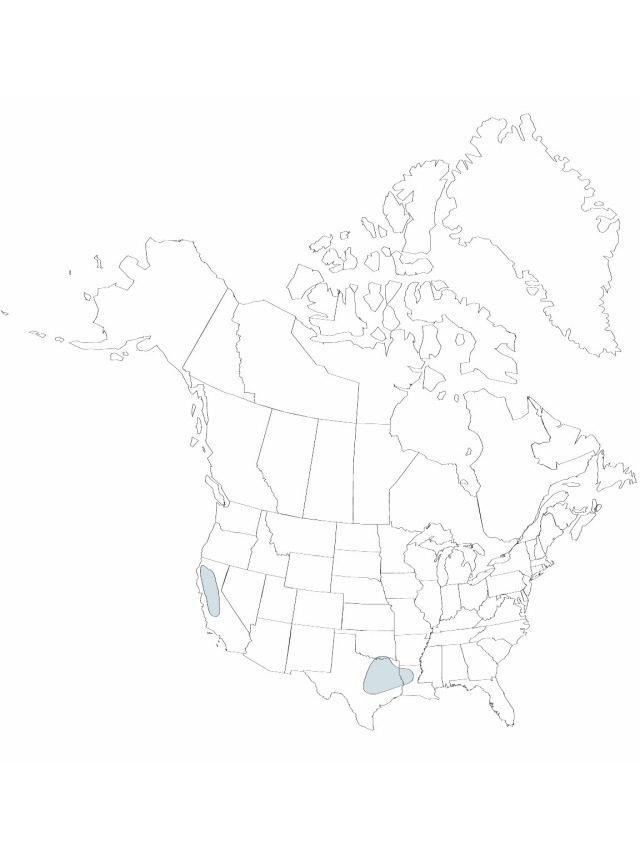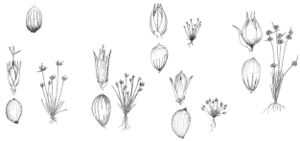Difference between revisions of "Juncus capitatus"
Observ. Bot. 28. 1772.
Treatment appears in FNA Volume 22.
FNA>Volume Importer |
FNA>Volume Importer |
||
| Line 47: | Line 47: | ||
|publication year=1772 | |publication year=1772 | ||
|special status= | |special status= | ||
| − | |source xml=https://jpend@bitbucket.org/aafc-mbb/fna-data-curation.git/src/ | + | |source xml=https://jpend@bitbucket.org/aafc-mbb/fna-data-curation.git/src/f6b125a955440c0872999024f038d74684f65921/coarse_grained_fna_xml/V22/V22_358.xml |
|genus=Juncus | |genus=Juncus | ||
|subgenus=Juncus subg. Graminifolii | |subgenus=Juncus subg. Graminifolii | ||
Revision as of 19:02, 24 September 2019
Herbs, annual, cespitose, 0.3–1 dm. Culms to 20. Leaves basal; auricles absent; blade 0.5–2.5 cm × 0.5 mm. Inflorescences: glomerules 1–2, each with 2–10(–14) flowers; bracts subtending inflorescence 1(–2), foliose, clearly surpassing inflorescence. Flowers: tepals 6, tan to brownish, subulate, lanceolate-ovate, 3.5–4.5(–5) mm, 2 times length of inner tepals, margins scarious; inner series delicate, shorter, apex acute; stamens 3, filaments 1 mm, anthers 0.5 mm; style 0.4–0.7 mm. Capsules tan to reddish brown, 3-locular, globose to obovoid, 1.2–1.7 mm, shorter than tepals. Seeds ellipsoid-ovoid, 0.3–0.4 mm. 2n = 18.
Phenology: Flowering and fruiting spring.
Habitat: Moist to wet areas, usually in sandy, often disturbed soil such as roadsides or along trails
Elevation: below 1000 m
Distribution

Calif., La., Okla., Tex., native, Africa (north), Europe, Asia (Near East).
Discussion
Selected References
None.
Lower Taxa
None.
